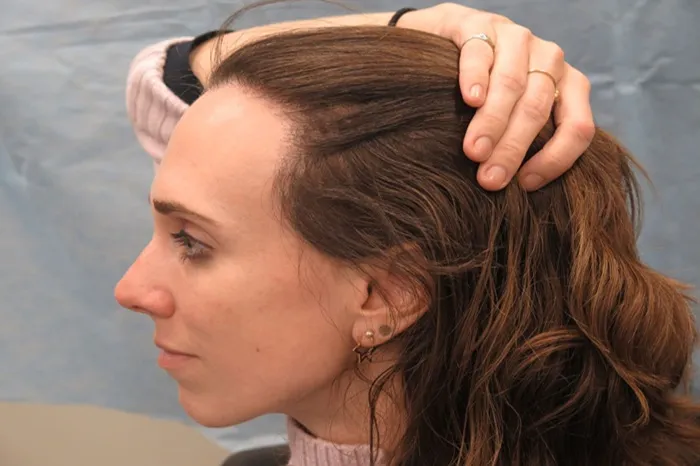Hairline recession is a common concern for many individuals, particularly as they age or experience hair loss. Understanding the process of hairline recession and the factors that influence it can help you better manage your expectations and take proactive steps to address hair loss. This article will provide a detailed exploration of when and why hairlines recede, as well as what you can do to mitigate the effects.
Understanding Hairline Recession
Hairline recession refers to the gradual movement of the hairline backward, creating a higher forehead. This process is often associated with male pattern baldness (androgenetic alopecia) but can also affect women. Hairline recession can be influenced by genetic factors, hormonal changes, aging, and lifestyle choices.
When Does Hairline Recession Typically Begin?
Hairline recession can begin at any age, but it is most commonly observed in individuals in their 20s and 30s. According to the American Hair Loss Association, approximately 25% of men will begin experiencing hair loss by the age of 25, and about 50% will experience significant hair loss by the age of 50. In women, hairline recession can also occur, often due to hormonal changes during menopause or other life events.
Factors Influencing Hairline Recession
Genetics: Genetic predisposition is one of the most significant factors influencing hairline recession. If your parents or grandparents experienced hair loss, you are more likely to experience it as well.
Hormonal Changes: Hormonal fluctuations, particularly in levels of dihydrotestosterone (DHT), can contribute to hairline recession. DHT is a hormone that can shrink hair follicles, leading to thinner and shorter hair growth.
Aging: As you age, hair follicles naturally weaken, leading to thinner hair and a receding hairline.
Lifestyle Factors: Stress, poor nutrition, smoking, and excessive alcohol consumption can all contribute to hair loss and hairline recession.
Stages of Hairline Recession
Early Signs (20s-30s)
In the early stages, hairline recession may be subtle and go unnoticed. You might notice a slight thinning at the temples or a higher forehead. This is often the first sign of male pattern baldness.
Moderate Recession (30s-40s)
By the 30s and 40s, hairline recession can become more pronounced. The hairline may recede further, and the temples may become more noticeable. This stage is often when individuals begin to seek solutions for hair loss.
Advanced Recession (40s and Beyond)
In the advanced stages, the hairline may recede significantly, and the crown may also begin to thin. This can lead to a horseshoe-shaped pattern of hair loss, which is characteristic of male pattern baldness.
Addressing Hairline Recession
Medical Treatments
Minoxidil: An over-the-counter topical solution that can help slow hair loss and promote hair growth.
Finasteride: A prescription medication that helps reduce DHT levels, slowing hair loss and promoting hair regrowth.
Hair Transplant Surgery: A surgical procedure that involves relocating hair follicles from a donor area to the recipient area, effectively restoring the hairline.
Lifestyle Changes
Healthy Diet: Consuming a balanced diet rich in vitamins and minerals can support hair health. Foods high in protein, iron, and biotin are particularly beneficial.
Stress Management: Reducing stress through techniques like meditation, yoga, or exercise can help mitigate the effects of stress-related hair loss.
Avoid Harmful Habits: Limiting alcohol consumption and avoiding smoking can improve overall health and reduce the risk of hair loss.
Conclusion
Hairline recession is a common phenomenon that can begin at any age but is most prevalent in individuals in their 20s and 30s. Understanding the factors that influence hairline recession and recognizing the stages can help you take proactive steps to address hair loss. Whether through medical treatments, lifestyle changes, or surgical interventions, there are several options available to manage and mitigate the effects of hairline recession. By consulting with a hair loss specialist, you can develop a personalized plan to restore your confidence and improve your hair health.
Related topics:
- Receding Hairline Surgery for Men: Procedure, Benefits & Cost
- Hair Transplant to Fix Receding Hairline: A Complete Guide
- Surgery to Fix Receding Hairline: A Detailed Guide


